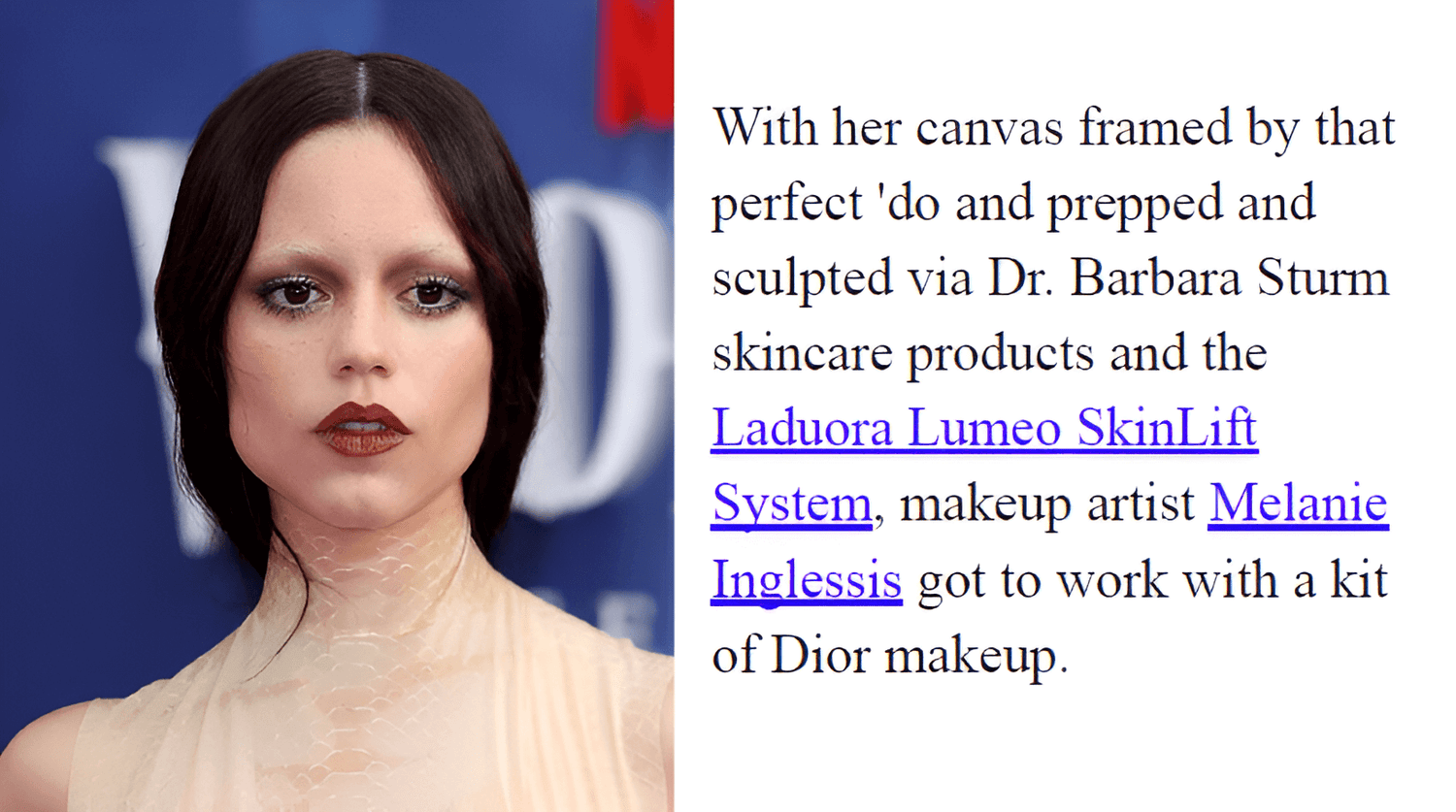In the skin of every one of us, there is melanin, the pigment that gives it its beautiful color. To be more precise, it can be found in the keratinocytes, the main type of skin cells, in their supranuclear regions above the cell nucleus in order to protect it from damage to the DNA. Nonetheless, the keratinocytes is not where melanin is produced - this task is ascribed to the melanocytes, the cells that lie lower in the epidermis, from which the pigment is transported upwards in little vacuoli called melanosomes. What’s interesting, it is the amount of melanin being synthesized and not the amount of active melanocytes or melanosomes, that determines one’s skin hue. Simultaneously, exactly on the basis of the amount of melanin in the skin, we can classify each skin type according to the so-called Fitzpatrick skin phototype classification.
Skin Types And Their Correlation With Hyperpigmentation
The Fitzpatrick skin phototype classification categorizes the skin by its reaction to the exposure to sunlight what, as mentioned, is widely dependent on the amount of melanin in one’s skin. Lower Fitzpatrick phototypes (I-III) which correspond to the fairer white skins are much more prone to burning hence naturally require more protection against the sun rays. Higher Fitzpatrick phototypes (IV-VI), which correlate to the darker skins, on the other hand, have no propensity for burning, yet are much more susceptible to acquiring hyperpigmentation, especially the post-inflammatory type. At the same time, it does not only come down to a higher risk of developing hyperpigmentation among those patients but also increased frequency and severity of the lesions.
What Precisely Causes The Skin To Darken?
What can be concluded from the previous paragraphs, hyperpigmentation results from an excessive accumulation of melanin in the skin. Basing on whether the lesions are limited to a certain area or affect a larger part of the body, it can be classified as localized or generalized. Then, there exist various factors which stimulate the skin to synthesize melanin in inordinately high amounts, which include a genetic predisposition, hormonal imbalance (like in pregnancy), as well as inflammation and associated diseases like the most common dermatological condition acne vulgaris. Simultaneously, any kind of the listed hyperpigmentation kinds can be drastically worsened by exposition to the sun. Lastly, what can more or less predict the persistence and severity of the lesions is whether they are more superficial and affect only the epidermis, or go much deeper into the skin and affect the dermis as well. In the latter case, the hyperpigmentation is definitely more severe and requires a more definitive approach.

Red Light Therapy Or IPL Photofacial Treatment?
The cells in our body naturally contain chromophores, or light-absorbing molecules. Even if this name does not ring a bell, chromophores are much more important than one may think as they include such essential compounds like haemoglobin, porphyrins, and cytochromes. For this reason, when being targeted during both LED and IPL therapies, cytochromes can exert crucial changes in the cell metabolism, proliferation, differentiation, collagen production, etc. Research shows that both therapies are effective in hyperpigmentation, yet some differences are too prominent to overlook. Firstly, IPL implements the pulses of a broad-spectrum light with higher energy (hence can penetrate the skin more deeply) and on larger areas of the skin. With it, there comes a potential risk of burning. Meanwhile, LED uses lower energy light of a specific wavelength, hence can more specifically implement the kind of light best suitable for your condition and carries no risk of burning (some redness and discomfort are still an option though). At the same time, it will be more effective in more superficial, localized lesions and in those having a sensitive skin type.
Because of this, you can indulge in the benefits of LED therapy from the comfort of your own home. The Laduora Velve Facial Wand combines red light therapy (630 nm), known to be one of the most effective kinds for pigmentary spots, with microcurrent and facial warming massage for a full treat! Check it out!

Can You Control Hyperpigmentation Only With Skincare And Topicals?
If your lesions are rather scarce and occasional, you can try controlling it only with the topical agents. There exists a wide variety of options including tyrosinase (an enzyme crucial in melanogenesis) inhibitors like strong hydroquinone and gentler azelaic acid, kojic acid, arbutin, salicylic acid, ascorbic acid, etc. Some options are better for particular types of hyperpigmentation like people suffering from acne will benefit more from azelaic acid since it is also keratolytic and antibacterial. What’s for sure, the more delicate agents used in skincare on a daily basis can certainly even out the skin tone and guarantee a lighter skin, yet if the hyperpigmentation persists or does not go away completely, implementing a light or laser therapy alongside a topical agent therapy might be the best option, especially in darker skin types.
Resources:
- ERICA C. DAVIS, MD; VALERIE D. CALLENDER, MD; Postinflammatory Hyperpigmentation A Review of the Epidemiology, Clinical Features, and Treatment Options in Skin of Color
- Seemal R. Desai, MD, FAAD; Hyperpigmentation Therapy: A Review
- Ana Karoline Campos Araújo, Nicole Krystie Barbosa Naves, Florence Germaine Tible Lainscek, Sávia Denise Silva Carlotto Herrera, Livia Gomes de Oliveira, Taynara Dantas Batista, Paula Leylane Tavares Brito, Wellington Carlos da Silva, Elaine Mayra Teixeira Pereira, Joaquim Celito Lopes Batista and Tayla Querido Santos Disconzi; Led Light in Epidermis Hyperpigmentation
- Daniel Barolet, MD; Dual Effect of Photobiomodulation on Melasma
- Jared Jagdeo MD, MS, Evan Austin BS, Andrew Mamalis MD, MS, Christopher Wong BS, Derek Ho MD, Daniel M. Siegel MD, MS; Light-emitting diodes in dermatology: A systematic review of randomized controlled trials
- David J. Goldberg, MD; Current Trends in Intense Pulsed Light
- Maria S.Correia, HugoMoreiras, Francisco J.C.Pereira, Matilde V.Neto, Tiago C.Festas, Abul K.Tarafder, José S.Ramalho, Miguel C.Seabra, Duarte C.Barral; Melanin Transferred to Keratinocytes Resides in Nondegradative Endocytic Compartments





